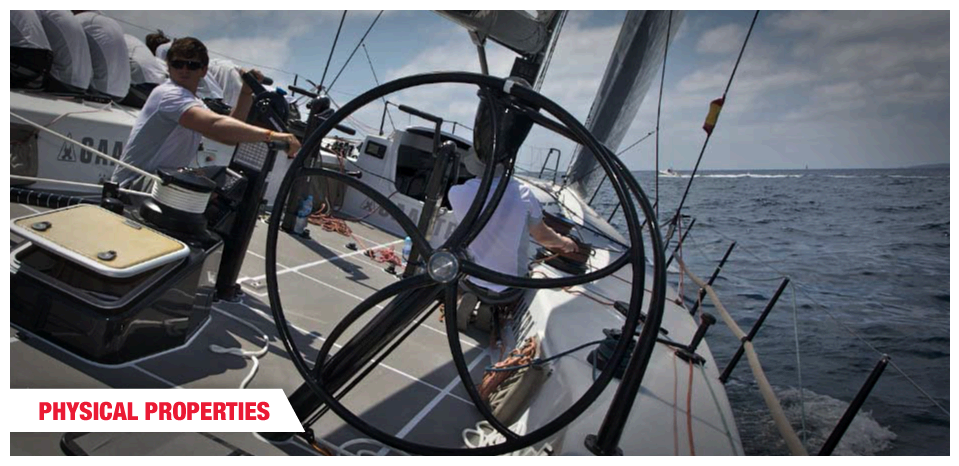|
Specific gravity (buoyancy of a rope / material) Specific gravity is a measure of the density of a material; a Specific Gravity of 1.0 is equivalent to a density of 1g per cm3 (i.e. a Specific Gravity <1 means the material floats). The following table shows the specific gravity of some of the materials commonly used in fibre ropes.
Ultra Violet Radiation Resistance All materials are affected by UV radiation to some extent. The following table attempts simply to rank different materials in line with their resistance to UV radiation. Please refer to the Rope Care Advice section for more information.
Melting point The table below shows the typical melting or decomposition temperature of some common rope making materials.
Note – the properties of a rope will change before the temperature reaches the melting or decomposition point.
Chemical Resistance This table shows the residual strengths of synthetic fibres after chemical exposure under specific conditions.
Elasticity & Extension
Elastic extension: This is the recoverable component of the rope’s extension and is immediately realised upon release of the load Visco-elastic extension: The contraction of a rope does not follow the same path as the rope’s extension. This results in an element of extension that is not immediately recoverable but will recover if relaxed for sufficient time. If the load on the rope is cycled, a hysteresis loop is formed which will exacerbate this element of stretch Permanent extension: This is non recoverable. When the rope is initially loaded all the plaits, strands, and yarns become “bedded in”. This results in a small permanent extension. Most of these constructional effects occur within the first few loadings and have little effect on the rope after this time. In addition to this there are some permanent molecular changes that occur to the material that result in creep.
Load-Extension Characteristics
Rope Strengths and Weights
Rope mass is determined be weighing a sample of rope whose length has been measured at a reference load. For most ropes this load is calculated as: Reference Load (kg) = D2/8 Where: D is the rope nominal diameter (mm)
Working Loads: Marlow Ropes specify a minimum breaking load (or sometimes an Average Breaking Load). It is the responsibility of the user to determine an appropriate factor of safety and safe working load. This factor of safety must be determined after considering all the risks, the strength reducing factors, and the expected life of the rope. The following table shows some of the factors that may affect the determination of the factor of safety.
Most rope strengths in this catalogue are given in kilograms (kg). However, the correct measure of force or breaking strength is Kilonewtons (kN). Conversion factors from one to the other are: Kg to kN x 0.00981 kN to kg x 101.972 |
||||||||||||||||||||||||||||||||||||||||||||||||||||||||||||||||||||||||||||||||||||||||||||||||||||||||||||||||||||||||||||||||||||||||||||||||||||||||||||||||||||||||||||||||||||||||||||||||||||||||||||||||||||||||||||||||||||||||||||||||||||||||||||||||||||||||||||||
|
|


